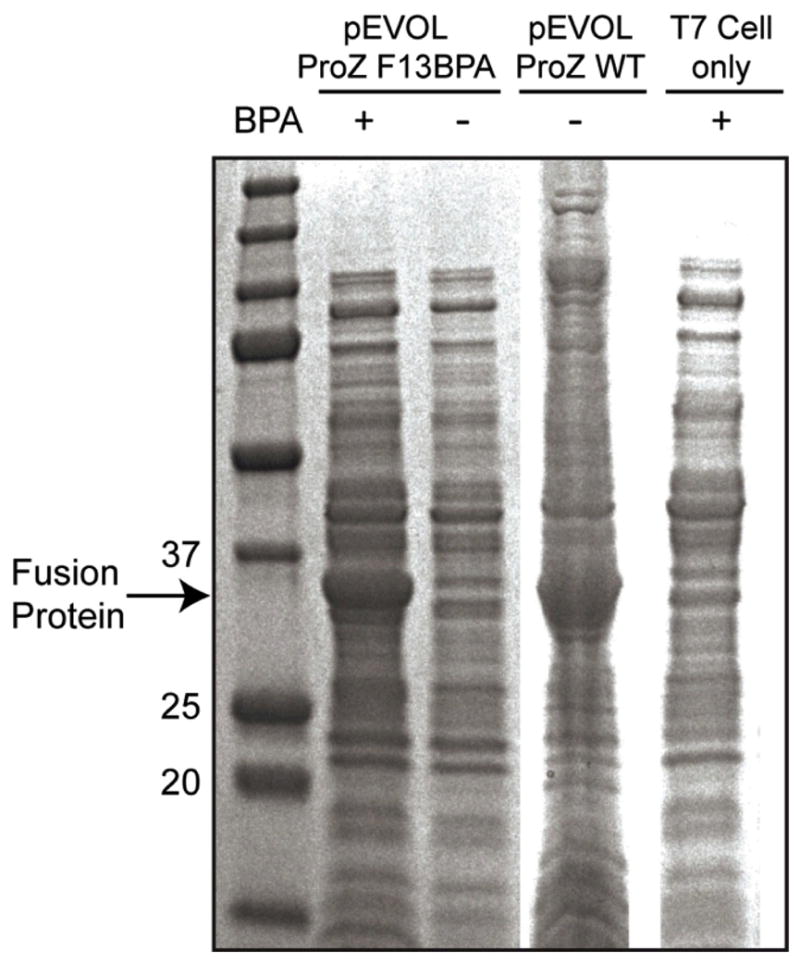Figure 2. SDS-PAGE with Coomassie staining confirming the in vivo incorporation of BPA into expressed Protein Z.

T7 competent E. coli were co-transformed with the pEVOL-pBpf plasmid containing the amber suppressor tRNA/aminoacyl transferase pair and the pTXB1 plasmid, which codes for Protein Z with an amber codon mutation (ProZ F13BPA). Following induction of protein expression, cell lysates, with or without BPA in the media, were evaluated by SDS-PAGE stained with Coomassie (lanes 1 and 2, respectively). Analogous studies were performed with E. coli that express wild-type Protein Z (lane 3) and unmodified T7 competent cells (lane 4).
